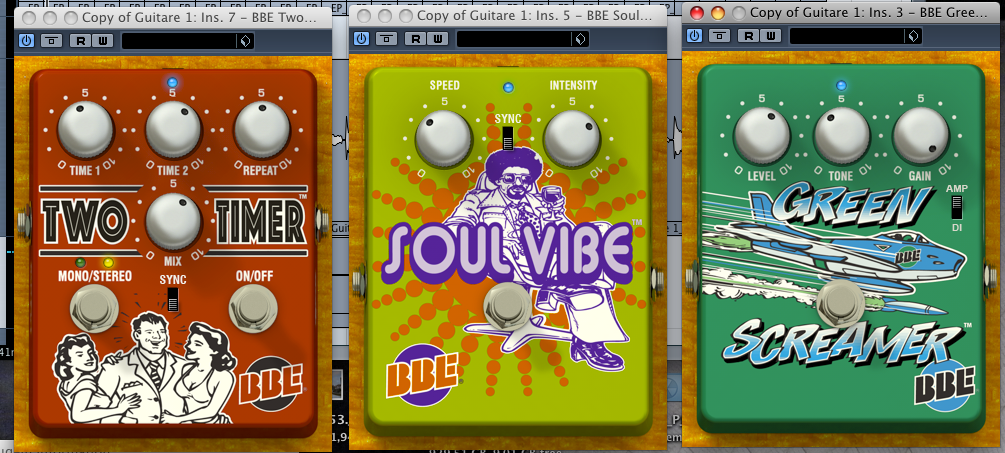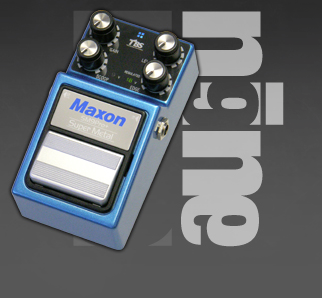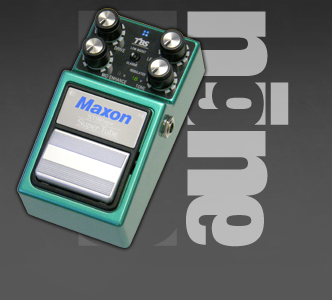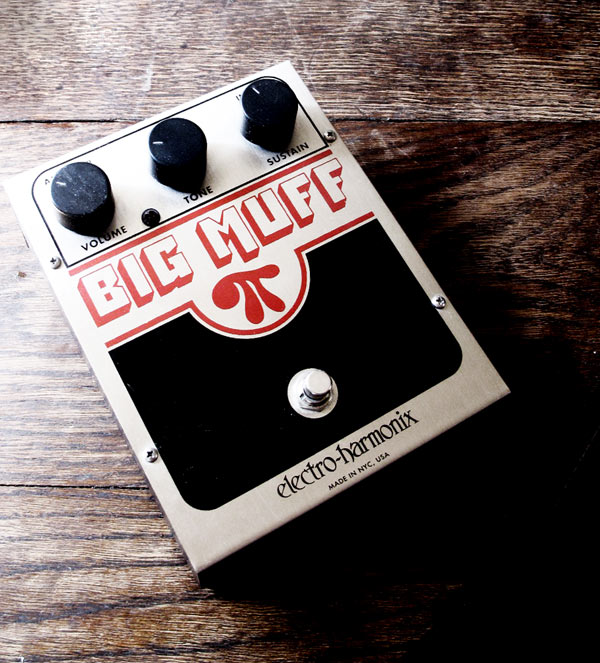Although the Tube Screamer is the king of overdrives, a few pedals that have come out in the past decade could have a claim to the throne.
I have decided to start this series of posts dedicated to Tube Screamer alternatives with the Xotic BB Preamp. Released around 2005, it has become quite popular and is used by guys like Andy Timmons and Greg Howe. And speaking of Andy Timmons, he even had a signature BB Preamp model made by Xotic.
Update Feb 2012: there is an interesting piece of info that came out following the release of the BB Preamp-comp by the Xotic custom shop. The standard BB Preamp was modified to have less compression after serial number 3643. My BB Preamp has a serial number of 526 so the video demos below show the “compressed” version. Interestingly enough, the limited Andy Timmons edition of the BB Preamp featured the extra compression of the early BB Preamp. In order to please everybody, The BB Preamp-comp features a toggle switch to go from no compression at all, to a bit compressed (current BB Preamp) and to more compressed (early BB Preamp and Andy Timmons models). You can read all the details here.
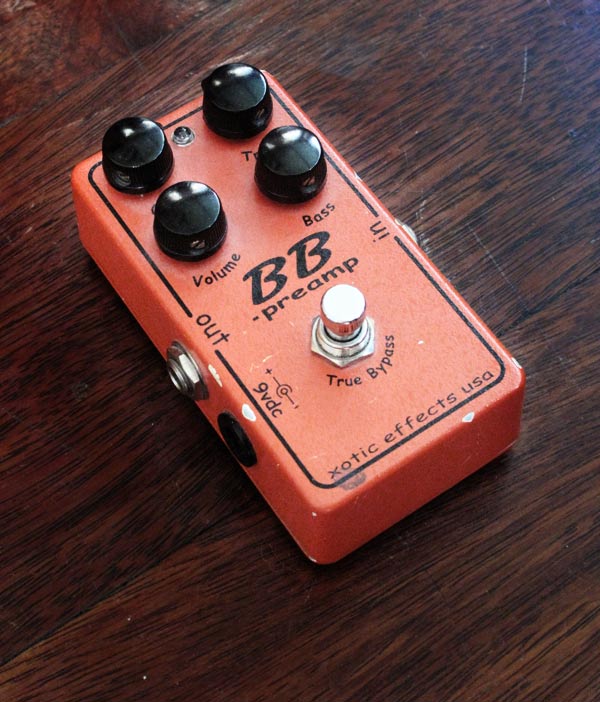
The BB Preamp, much like the Tube Screamer, is extremely good at two things:
- Used with a clean amp, it will provide you with a very credible and articulated overdrive tone.
- Used before an already overdriven amp or even a distortion pedal, it will give you more sustain and fatness.
But this is where the comparison stops. The BB Preamp is not a Tube Screamer clone. Some guitarists don’t like the Tube Screamer because they feel it sucks too much bass out of their tone and also that it is a bit tame. The BB Preamp addresses these issues and adds some welcomed improvements such as a massive volume boost capacity and a very effective two band EQ instead of the single tone control of the Tube Screamer. Also, the BB Preamp is built with excellent components and is quite silent. This also means it is a bit pricey (MSRP US$ 200) as this really is a boutique pedal, not a cheapo knock-off.
The result is an amazing overdrive pedal which can get quite wilder than a Tube Screamer. BB actually stands for “Blues Breaker”, an obvious reference to early Marshall amps. They were nicknamed “Blues Breaker” after they were used by Eric Clapton on the now uber famous “John Mayall and the Blues Breakers” album. And indeed, the BB Preamp is quite “Marshally”… in a good way.
I have a nice story about Xotic customer support. I bought my BB Preamp over the Internet about five years ago when it was just out (the serial number is in the 500 on my pedal). Last year, I lost two of the plastic knobs, the little screws that were holding them got loose. I wrote Xotic asking them if they could sell me some knobs. I received a reply a few hours later and it said : “just give me the serial number of your pedal and I will send you some knobs”. A few days later, I had fours knobs delivered to my home in Holland, free of charge. That’s what I call service…
Used with a clean amp
There are many ways to use the BB Preamp. Let’s start with how it sounds compared to a Tube Screamer against a clean Fender Champ tube amp. I start with a clean tone then switch on alternatively my Analogman modded TS-9 Tube Screamer and the BB Preamp.
And now with a Gibson SG 61 Reissue equipped with humbuckers:
For these two videos, the settings were:
- Tube Screamer Settings: DRIVE at 3 o’clock, TONE at 10 o’clock and LEVEL at 1 o’clock.
- BB Preamp settings: GAIN at 2 o’clock, VOLUME at 1 o’clock, TREBLE at 11 o’clock and BASS at 12 o’clock.
Used as a booster
And now used with a Proco RAT 2 as a booster with almost no gain and the volume at 2. This is a moderate amount of boost, you can go way further but be careful with the noise level. This is not a BB preamp problem per se, this pedal is actually quite silent but this is the bane of any heavy boosting and high levels of gain.
As you can hear, the sustain and fatness increase but the basic tone stays the same. It also works well against clean amps. With a strat and a bit of boost from the BB Preamp, it really “sparkles”.
For this video, I had plugged the BB Preamp before the Proco RAT 2 and had the following settings:
- BB Preamp settings: GAIN at 8 o’clock, VOLUME at 2 o’clock, TREBLE at 11 o’clock and BASS at 1 o’clock.
- Proco RAT 2 settings: DISTORTION at 10 o’clock, FILTER at 3 o’clock and VOLUME at 2 o’clock.
Remark: for all the videos of this post, the Fender Champ was miked by a Shure SM-57 and recorded by a BOSS Micro-BR. The recordings were then transferred into Cubase 5 to add some reverb and volume.

